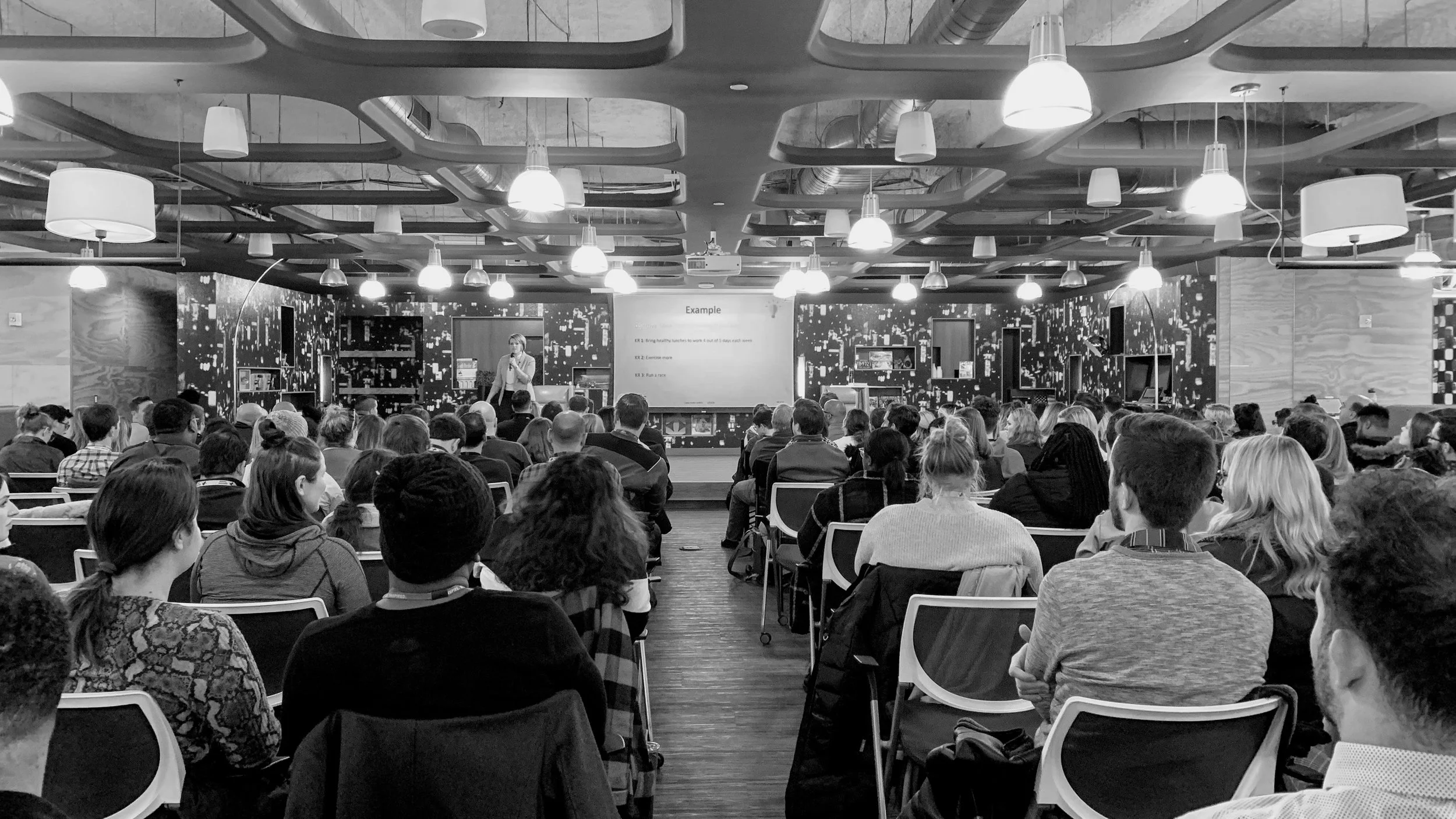Before new teams perform, they need to believe they belong.
Overview
Industry: FinTech | Size: ~20,000 employees
My Role: Director, Enterprise Business Agility
Focus Area: Team Formation, Agile Operations, Organizational Psychology
Context: Asked to lead a newly formed team of eight from across the organization to solve a high-visibility initiative, without an existing framework, roadmap, or playbook.
The Problem
When leadership asked for a cross-functional “special projects” team, everyone was excited and no one was clear.
The challenge wasn’t just technical, it was human.
The team was brand new. No shared norms. No defined roles. No foundation of trust.
Each member came from different departments, carried different perspectives, and operated with different expectations. In a culture built on speed and results, that uncertainty quickly turned into tension. Collaboration felt forced. Conversations were careful. And while everyone wanted to deliver, no one quite knew how to work together yet.
What the team needed was needed safety, clarity, and connection so they could start showing up as a team, not just as individuals.
The Solution
I blended agile structure with organizational psychology principles to build trust, rhythm, and shared accountability from day one.
The approach started small with structured rituals that created both visibility and belonging:
Facilitated team foundation sessions to define purpose, vision, and working agreements.
Clarified roles and expectations to reduce friction and establish ownership.
Introduced agile rhythms, such as daily standups, sprint planning, retrospectives, and quarterly OKR reviews, to create predictability and consistency.
Built a shared dashboard so every win and blocker was visible to all.
Created space for reflection through retrospectives focused on learning.
Designed internal storytelling channels so progress was shared, recognized, and celebrated — helping the team see their impact in real time.
The structure came first, but the turning point was trust. Once people felt seen, they started taking risks, collaborating faster, and finding pride in what they were building together.
When people know their purpose, their part, and how progress is measured, trust builds + results follow.
The Results
→ 100% of team members reported improved collaboration and alignment in retrospectives
→ Division-wide awareness grew as impact stories highlighted progress and collaboration wins.
→ Team members reported increased confidence in communicating the new mission across the organization and collaborating more effectively with other departments.
Skills Applied
Organizational psychology & leadership alignment
Agile operations (planning, retrospectives, OKRs)
Team formation & facilitation
Communication & storytelling strategy
Psychological safety & change enablement
Collaboration frameworks & role clarity
Structure. Visibility. Momentum.
Let’s build it together.
Whenever You’re Ready, Here Are 3 Ways We Can Work Together:
Follow Me on LinkedIn. For insights on leadership, clarity, and getting the most out of the Chief of Staff role. Follow along for quick hits and real talk about making work work.
Hire Me as Your Chief of Staff. Not sure if you need a Chief of Staff? Let’s talk it through. Book a quick discovery call to find the right fit for where you’re headed.
Collaborate With Me. Work with ambitious leaders, too? Let’s dream up a win-win: podcasts, panels, trainings, or creative partnerships that help more people lead well and live well.



